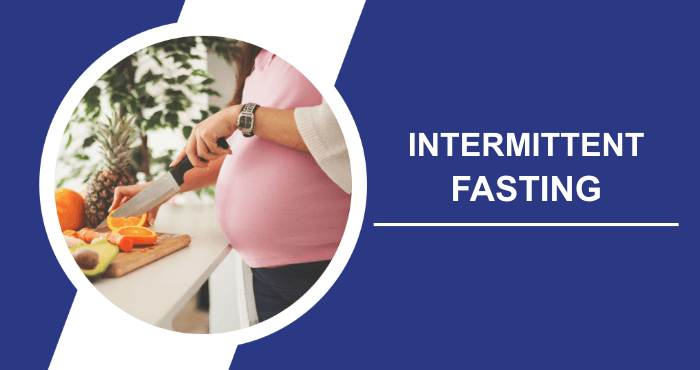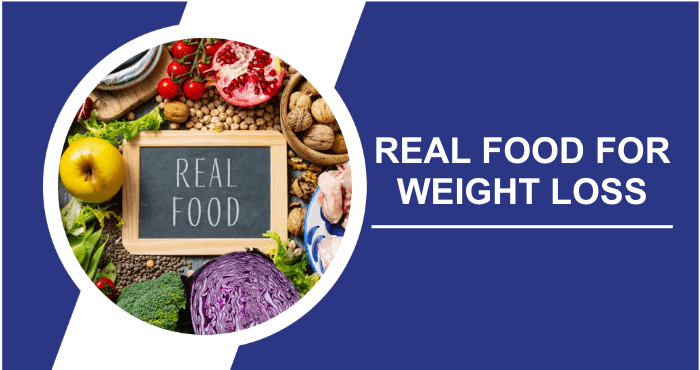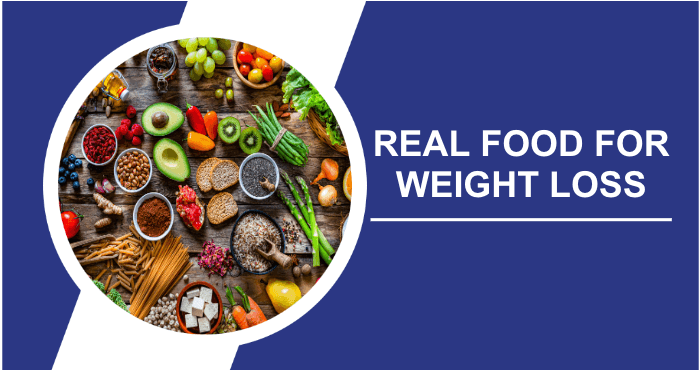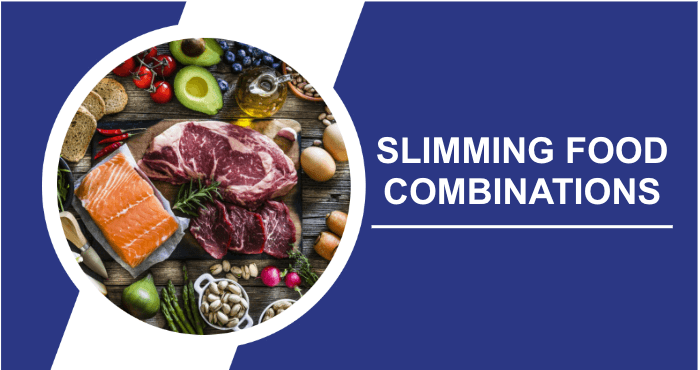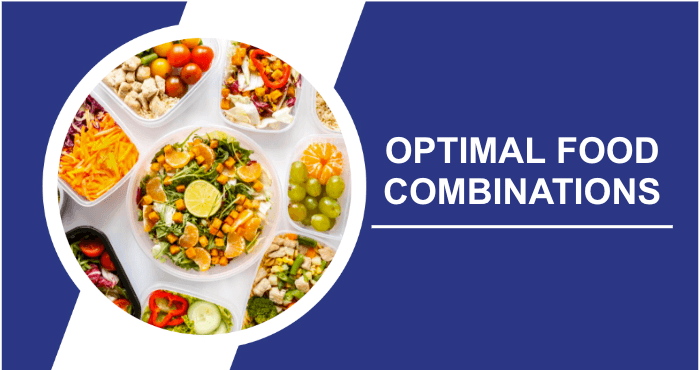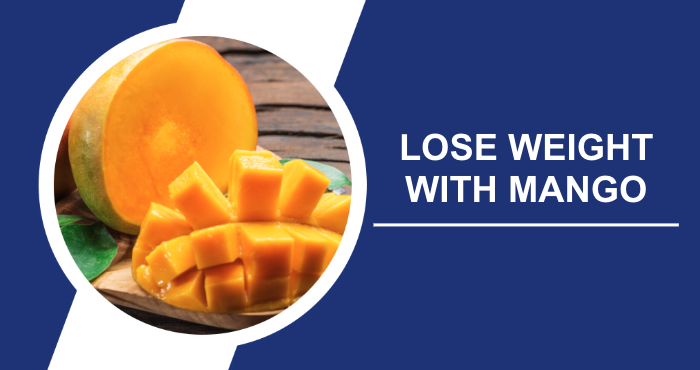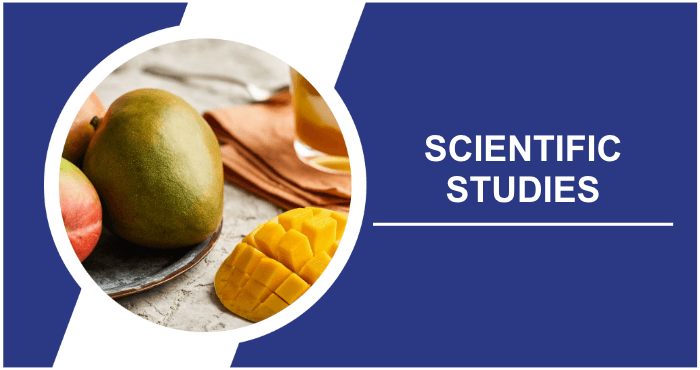If you’re expecting or planning to expand your family, you’re probably thinking about the health and nutrition of your future child. Your baby’s nutritional needs will depend on your eating habits during pregnancy, so you may be considering making some dietary changes.
Intermittent fasting (IF) is popular in modern diet trends, but is it safe to meet the needs of pregnancy with intermittent fasting? The short answer: no, the potential dangers outweigh the supposed benefits of IF during pregnancy. This article thoughtfully examines the claimed benefits of intermittent fasting and how they relate to pregnancy.
What Is Intermittent Fasting?
Intermittent fasting involves cycles of eating and fasting. It’s not usually recommended during pregnancy because the mother needs a steady diet to support the development of the baby. Fasting can lead to nutrient deficiencies and is not considered safe for the baby.
Can Intermittent Fasting Affect A Mother’s Mental Health?
Intermittent fasting can affect a mother’s mental health in a number of ways. It can improve mood and cognitive function through improved brain health. However, it can also lead to stress or anxiety, especially if it disrupts normal eating patterns or if nutritional needs are not met. It’s important to approach fasting with caution and to consult a healthcare professional.
Is It Advisable To Do Intermittent Fasting During Pregnancy?
Pregnancy triggers many changes in the body that require various lifestyle adjustments. For example, your pre-pregnancy diet may not be sufficient to meet your baby’s nutritional needs during the nine months of meticulous development inside your body.
Research on intermittent fasting during pregnancy is scarce, to say the least. Unlike diets that emphasise calorie reduction, intermittent fasting (IF) requires you to consume your daily calories within a pre-determined time window. For example, 16/8 fasting allows you to eat during an eight-hour period, but prohibits consumption for the remaining 16 hours of the day.
Intermittent fasting for religious purposes is an integral part of many faiths. However, some faiths make exceptions for pregnant women to minimise potential nutritional deficiencies during pregnancy. One notable study found that women who fasted during Ramadan in their second trimester were 35% more likely to give birth prematurely.
Apart from religious motives, many people fast to lose weight. However, it’s not advisable to lose weight during pregnancy. In fact, the healthy range of weight gain during pregnancy is between 11 and 40 pounds, depending on your pre-pregnancy BMI.
It’s important to realise that weight gain plays an important role in several aspects of a healthy pregnancy. Your baby may only account for seven or eight pounds of this, with the rest coming from increased blood and fluid volume, an enlarged uterus, and the mass of the placenta and amniotic fluid. These elements are essential for maintaining the mother’s wellbeing and the baby’s development in the womb.
A balanced diet is essential to meet the nutritional needs of both you and your baby. It’s estimated that the average pregnant woman needs an extra 300 calories a day to nourish her pregnancy, a figure that doubles for twin pregnancies. Fasting only makes it harder to meet these extra nutritional needs.
Is Intermittent Fasting Advisable During Pregnancy?
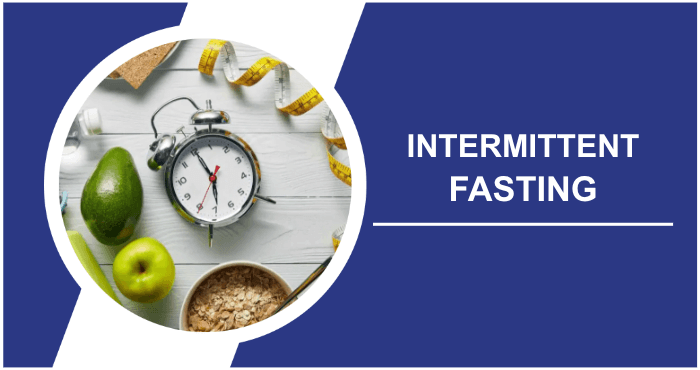
To date, limited research suggests that intermittent fasting may help with weight management, stabilise blood sugar levels, reduce inflammation and lower the risk of cardiovascular disease in most people. However, there’s a big gap in the research on the effects of intermittent fasting on women’s health, particularly during pregnancy.
Intermittent fasting (IF) doesn’t restrict what or how much you eat, but it does regulate when you can eat. Given our current understanding of nutritional needs during pregnancy, this dietary approach is generally not recommended for expectant mothers. Even without calorie restriction, limiting your daily eating window will naturally lead to reduced calorie consumption. The length of fasting varies with different IF diets, but given the fluctuating nutritional needs during pregnancy, any form of enforced eating schedule is not advisable.
Every pregnancy is different and each woman’s experience will be very different. Morning sickness can cause unintentional fasting episodes that aren’t usually a major problem. However, prolonged fasting, especially on an IF diet, can lead to nutrient deficiencies and dehydration.
IF may also increase the risk of hypoglycaemia in pregnant women. A pregnant woman’s blood glucose levels are crucial to her and her baby’s wellbeing. Gestational diabetes carries risks such as high blood pressure, preterm delivery and future type 2 diabetes. Conversely, persistently low blood glucose levels can cause dizziness or reduced fetal movement. Hypoglycaemia is common with intermittent fasting because you can’t eat when you’re fasting, even if your energy reserves are low.
How Should A Pregnant Woman Approach Breaking A Fast?
When breaking a fast, a pregnant woman should approach it carefully to ensure that both her and her baby’s health is protected. It’s a good idea to start with small amounts of easily digested foods such as fruit, vegetables or smoothies. Hydration is important, so drinking plenty of water is essential. Gradually introduce more substantial foods such as whole grains, lean proteins and healthy fats.
It’s important to listen to your body’s signals and avoid overeating. It is always wise to consult a healthcare professional for personalised advice, especially to address any special dietary needs or concerns during pregnancy.
Downsides Of Periodic Fasting During Pregnancy
Periodic fasting is frequently promoted as a method for weight reduction in contemporary diet culture. Although it can aid in weight loss, regulate blood sugar levels, and may assist in managing some chronic conditions, it’s challenging to sustain over time and could adversely affect different aspects of life. In pregnancy, periodic fasting might harm the expecting mother’s mental and physical wellbeing.
Pregnancy necessitates lifestyle modifications that could make you feel alienated from your usual habits. You might lack the vigor for your preferred treks with companions, or perhaps you can’t dine at your beloved sushi spot. You likely don’t even find comfort in your own bed. Periodic fasting exacerbates this disconnect from your pre-pregnancy existence by constraining your dietary intake and social activities. If your pals plan a dinner gathering, ensure it doesn’t coincide with a fasting period.
Periodic fasting can also diminish your breast milk production. Often called the “fourth trimester,” the period right after childbirth demands optimal nutrition to recuperate and foster breast milk generation if you opt to breastfeed. Nonetheless, without sufficient calories, protein, and fats, lactating mothers will experience a decline in milk supply.
Moreover, periodic fasting might adversely influence fertility. For individuals who are underweight before pregnancy, periodic fasting could cause additional weight loss or hinder the necessary weight gain. Underweight individuals often have reduced estrogen production, leading to erratic menstrual cycles and possible challenges in conceiving.
What Are The Signs That Intermittent Fasting May Not Be Suitable During Pregnancy?
Intermittent fasting may not be appropriate during pregnancy if you experience signs of nutritional deficiency, such as persistent fatigue, dizziness or extreme hunger. Significant weight loss or inability to gain appropriate pregnancy weight is a concern. Frequent headaches, mood swings and a decrease in fetal activity may also indicate that intermittent fasting is affecting both maternal and fetal health. Always consult a healthcare professional before starting or continuing intermittent fasting during pregnancy.
Pregnancy Safe Options
Always consult your healthcare provider or dietitian about dietary needs during pregnancy, but it is beneficial to start with a balanced diet that includes whole grains, fruits, vegetables and lean meats. Providing your body with essential nutrients during this extraordinary period of growth and change is crucial, and advocating for yourself is key.
Rather than restricting your diet to a narrow time frame, it’s important to listen to your body’s signals and eat whenever possible. Hunger cues reflect your body’s needs, and meeting those needs is important not only for you, but also for your baby.
In addition to a balanced diet, exercise is another way to promote a healthy pregnancy. With your doctor’s permission, focus on not reducing your calorie intake and aim for about 30 minutes of moderate exercise every day. Exercise is known to help manage blood sugar levels and promote a steady, healthy weight gain throughout pregnancy.
What Alternative Might Be Recommended For Pregnant Women?
Pregnant women looking for alternatives to intermittent fasting can choose a balanced diet rich in fruit, vegetables, whole grains, lean proteins and dairy products. Eating smaller, more frequent meals can help keep blood sugar levels stable. Staying hydrated is crucial, so drinking plenty of water is recommended. Focusing on nutrient-dense foods, especially those rich in folic acid, iron, calcium and omega-3 fatty acids, is beneficial.
It is advisable to limit processed foods in favour of whole, natural options. It is also a good idea to consult a dietician for personalised dietary advice.
Frequently Asked Questions
Are there any benefits to intermittent fasting for pregnant women?
While intermittent fasting may have benefits for non-pregnant individuals, such as weight management and improved metabolism, these benefits are not applicable during pregnancy. The focus during pregnancy should be on a balanced diet, not on weight management or metabolic changes.
What are the risks of intermittent fasting for pregnant women and their babies?
Risks include potential nutrient deficiencies, reduced foetal growth and hypoglycaemia (low blood sugar) in the mother. These risks can have significant implications for both maternal and fetal health, including potential effects on fetal brain development.
Can intermittent fasting affect the outcome of pregnancy?
Yes, intermittent fasting can affect pregnancy outcomes. Possible problems include low birth weight, premature birth and developmental delays. It’s important for pregnant women to get regular nutrition to avoid these risks.
What should pregnant women focus on instead of intermittent fasting?
Pregnant women should focus on eating a balanced diet rich in vitamins, minerals and essential nutrients. Frequent, small, nutritious meals are recommended. Consultation with a healthcare professional or dietician is essential for personalised dietary advice.
Is there a scenario in which intermittent fasting is recommended during pregnancy?
In general, intermittent fasting is not recommended during pregnancy. However, in some very specific medical scenarios, a healthcare provider may recommend modified eating patterns. These cases are rare and should always be supervised by a healthcare professional.
Conclusion
Preliminary studies suggest that intermittent fasting may improve metabolism and help regulate blood sugar, lower blood pressure and prevent heart disease. However, eating habits that limit calorie intake and increase the likelihood of nutrient deficiencies are fundamentally counterproductive to the goals of a healthy pregnancy.
The majority of expectant mothers can rely on their natural judgement to eat a nutritious diet. Your body is deliberately putting on weight to support your pregnancy, so losing weight is not advisable. Pregnant women should consume an extra 300 calories a day over and above their normal food intake to meet their body’s increased energy needs.
In general, dietary considerations during pregnancy are very personal, so it is important to consult your doctor or dietician before making any changes to your lifestyle.
Sources
- Gordon, B. (2019). “What is intermittent fasting?” Academy of Nutrition and Dietetics. Read Article.
- Tith, R.M., Bilodeau-Bertrand, M., Lee, G.E., Healy-Profitós, J., & Auger, N. (2019). “Fasting during Ramadan Increases Risk of Very Preterm Birth among Arabic-Speaking Women.” The Journal of Nutrition, 149(10), 1826–1832. Read Article.
- Anon. (2022). “Weight Gain During Pregnancy.” Centers for Disease Control and Prevention. Read Article.
- Longo, Valter D. & Mattson, Mark P. (2014). “Fasting: Molecular Mechanisms and Clinical Applications.” Cell Metabolism, 19(2), 181–192. Read Article.
